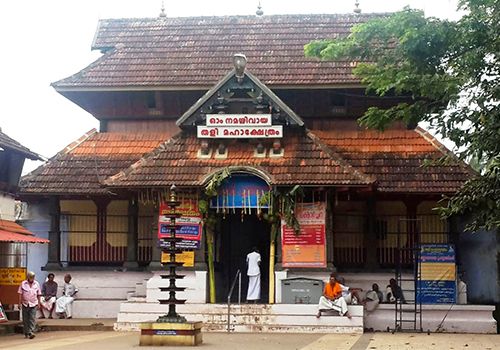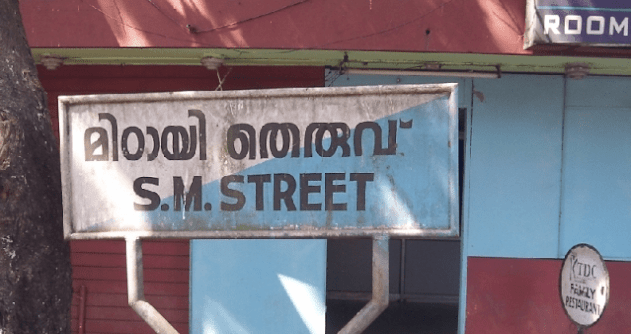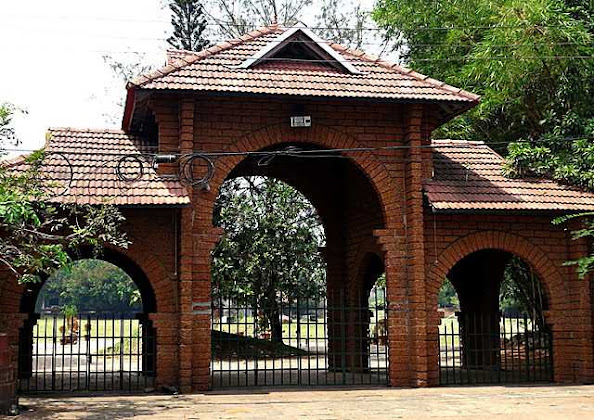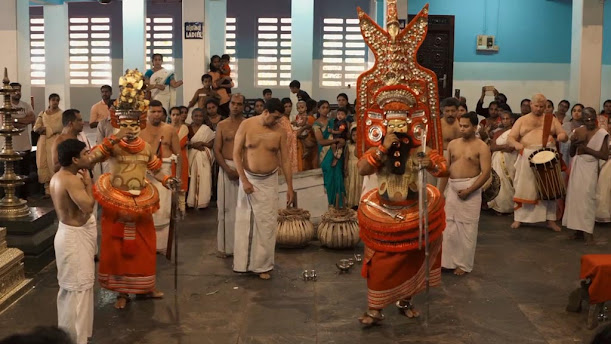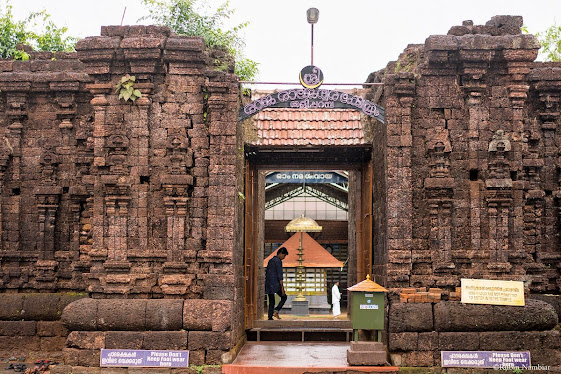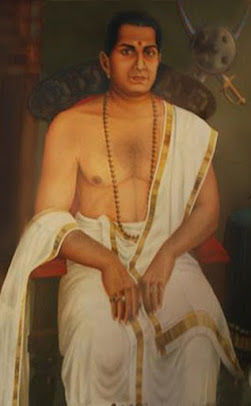Poonthanam Illam: Story of a great Poet

This simple heritage house in the sleepy town of Keezhattur close to Perinthalmanna is the place where the most revered Malayalam poet Poonthanam Nambuthiri lived his life. The actual name of the poet is not available but the name of his family became the signature of his work. The house is said to have been built around 600 years ago but still stands to recite the story of the most loved devotee of Lord Guruvayoorapan. Born in the 16 th century, Poonthanam wrote his poems in Malayalam different from all his contemporaries who wrote in Sanskrit. This way of writing was to make all understand the poems & recite it during the worship of Lord Krishna. The literary style used by Poonthanam is called Pana which is a use of simple words in Malayalam. His greatest work is the Jnanapana & there is a story of competition with another great poet of the time - Melpathur Narayana Battathiri. It so happened that once the Jnanapana was finished, he wanted Melpathur to recite it & su...

